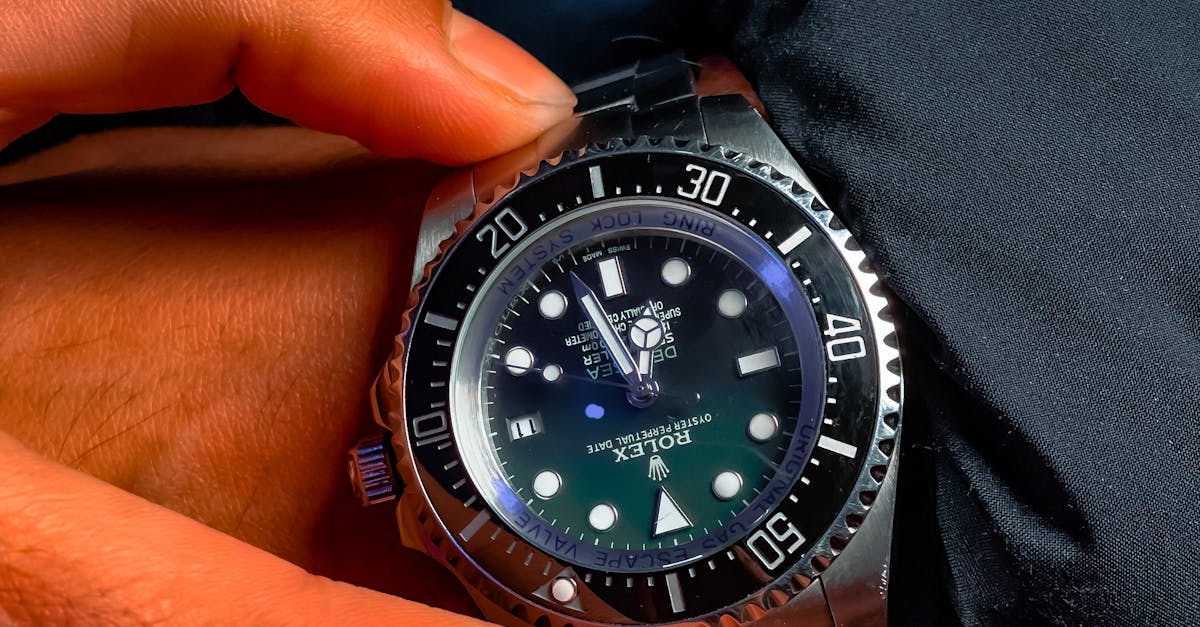“`html
Timeless Elegance and Unparalleled Craftsmanship: The Allure of Exquisite Watch Jewelry
Step into the enchanting realm of Exquisite Watch Jewelry, where timepieces are more than just a means to tell time—they are a reflection of personal style, social status, and artistry. In this article, we’ll explore why these elegant creations captivate enthusiasts around the globe.
The Timeless Allure of Watch Jewelry
The allure of watch jewelry lies not only in its functionality but in its ability to serve as a piece of art that reflects one’s personality. With brands like Exquisite Jewelers and Wempe Jewelers offering an array of designs, it’s no wonder these pieces have graced the wrists of royalty and discerning individuals alike.
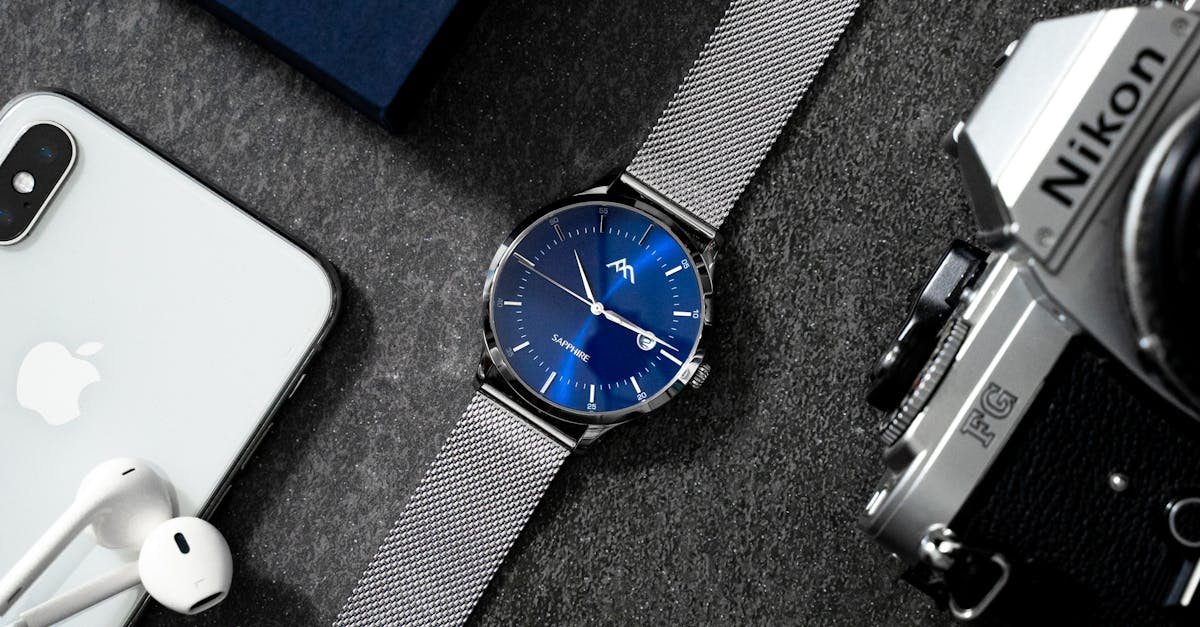
A Symphony of Materials: From Precious Metals to Gemstones
Exquisite Watch Jewelry is distinguished by its use of high-quality materials. Exquisite Timepieces is known for integrating luxurious metals such as gold, platinum, and silver with dazzling gemstones including diamonds, rubies, and sapphires, creating a blend of elegance and durability.
Masterful Craftsmanship and Attention to Detail
Craftsmanship is at the heart of every exquisite watch. Rolex exemplifies meticulous attention to detail, ensuring that each timepiece is not only a masterpiece but also reliable and precise.
A Journey Through History: The Evolution of Watch Jewelry
Watch jewelry has evolved from simple sundials adorned with jewels to complex modern creations. This evolution highlights the journey from function to fashion, capturing moments in history while pushing the boundaries of design.
Early Timepieces and the Significance of Adornment
In ancient times, watches represented wealth and status, with early timepieces often decorated with jewels and intricate designs. These pieces were cherished heirlooms, symbolizing affluence.
The Renaissance and the Rise of Decorative Watches
The Renaissance period brought a surge in decorative watch design. Techniques like engraving and enameling became prevalent, highlighting the artistic prowess of the era.
Modern Interpretations and Contemporary Trends
Today, contemporary designers experiment with alternative materials like ceramic and carbon fiber. This trend, alongside advancements in technology, continues to redefine classic aesthetics.
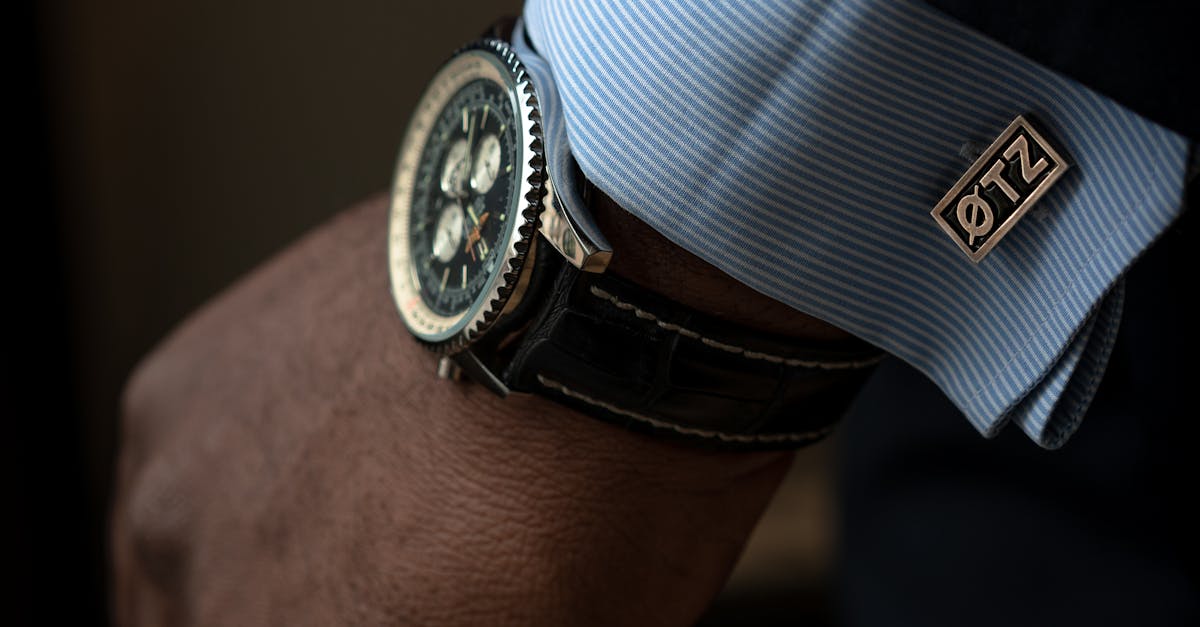
Symbols of Prestige and Personal Style
Your choice of watch can express individuality and cultural identity, making it a powerful statement of who you are. From minimalist designs to opulent masterpieces, there’s something for everyone.
A Statement of Individuality: Expressing Yourself Through Timepieces
Watches like the Rolex epitomize timeless luxury, providing both function and a statement of personal style.
Social and Cultural Significance: Timepieces as Markers of Status and Belonging
In many cultures, watches symbolize success and belonging. Brands like Global Boutique offer exclusive collections, further enhancing their desirability.
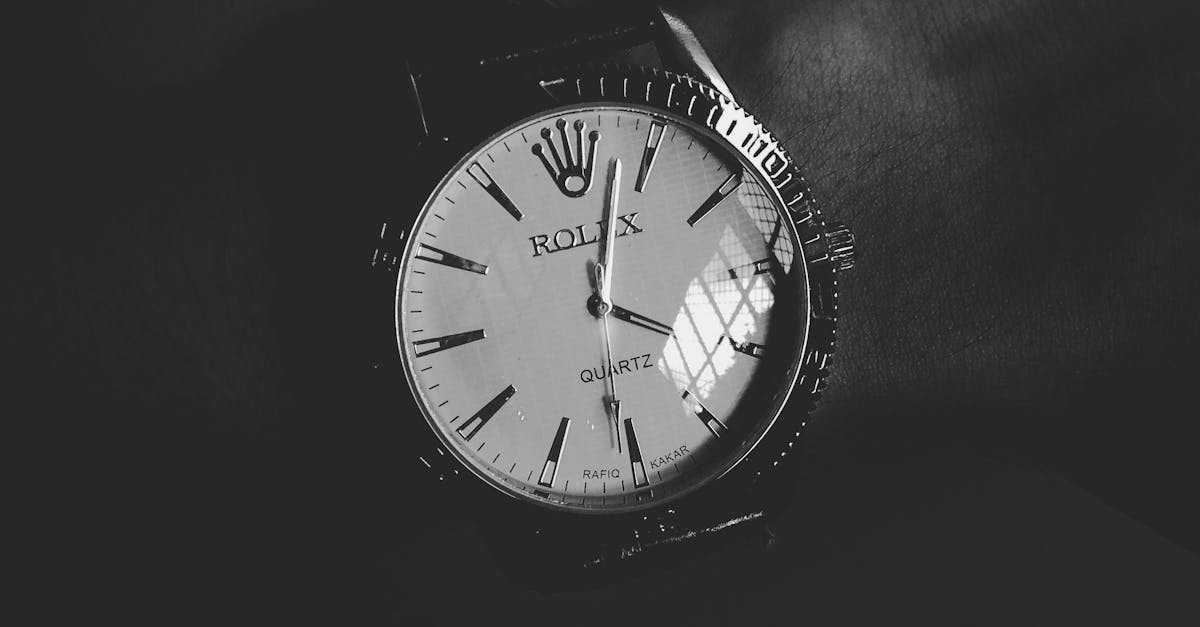
Investment Potential: The Value of Exquisite Watch Jewelry
Luxury watches are not only beautiful but also valuable. Investing in limited editions or vintage pieces can yield significant returns over time, as seen with watches from Rolex.
Limited Editions and Collectible Pieces: The Allure of Exclusivity
Limited edition watches draw collectors due to their rarity and exclusivity, often increasing in value unlike mass-produced counterparts.
Vintage and Antique Timepieces: Timeless Treasures with Growing Value
Antique watches offer historical significance and exceptional craftsmanship, making them coveted items among collectors and enthusiasts.
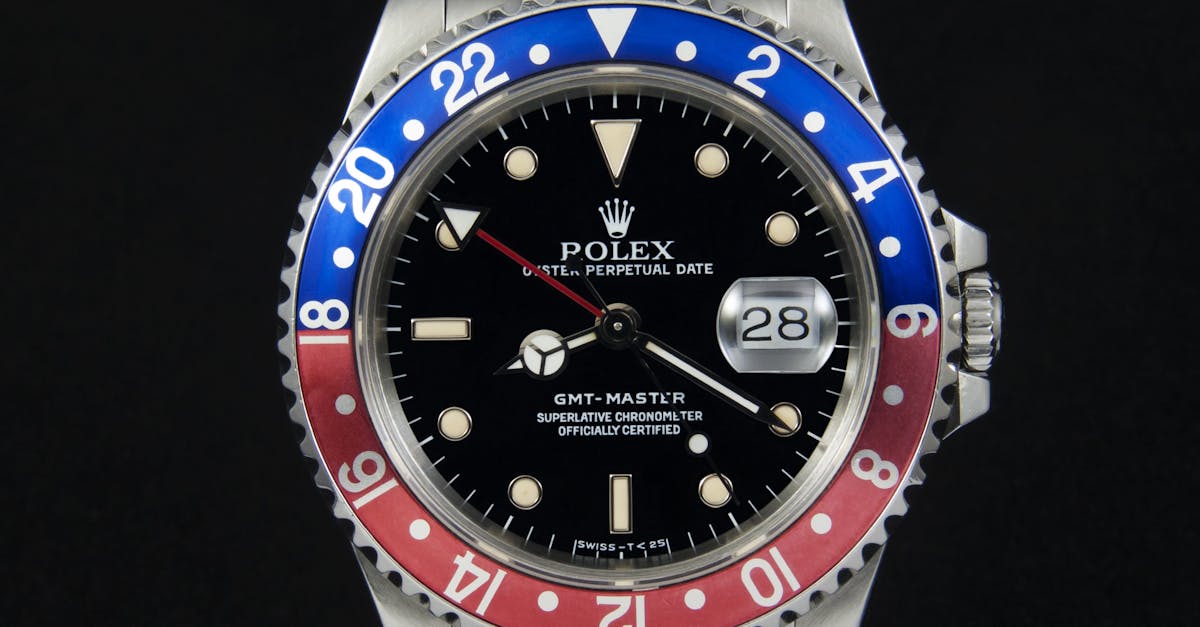
Caring for Your Watch Jewelry: A Guide to Preservation
Properly maintaining your watch jewelry ensures its longevity. Here are some tips to keep your treasured timepieces in pristine condition.
Proper Storage and Handling Techniques
- Store in a cool, dry place away from direct sunlight.
- Avoid exposure to moisture and extreme temperature changes.
Regular Cleaning and Maintenance
- Use a soft cloth to clean and remove fingerprints.
- Regularly service your watch to check for any potential issues.
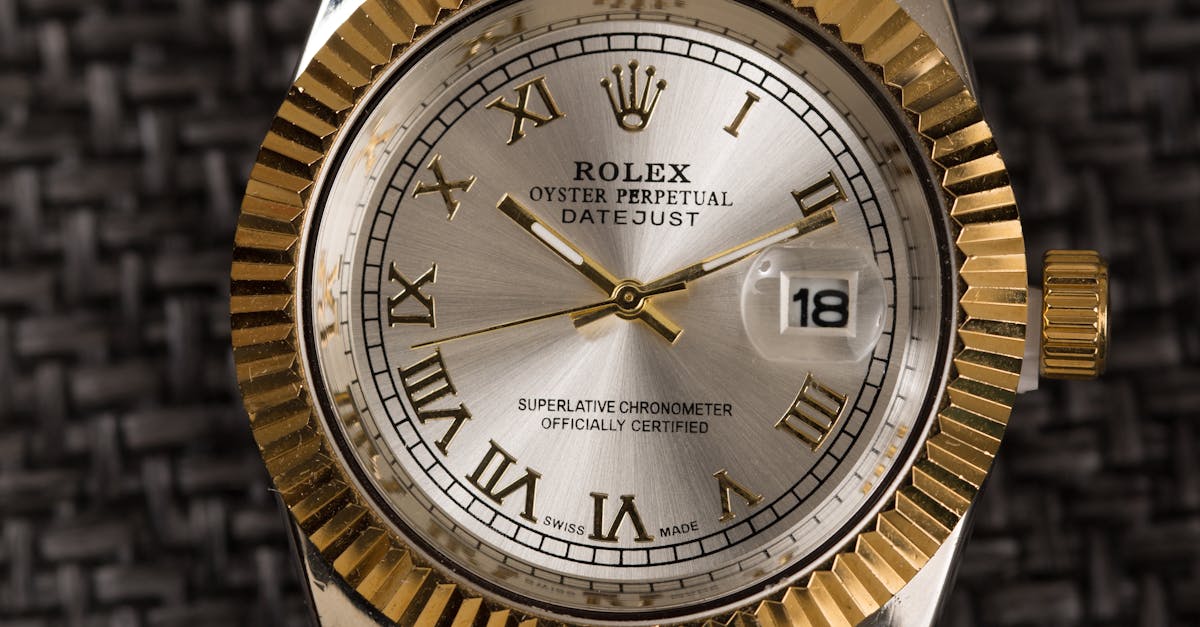
Inspired by Time: Watch Jewelry as Works of Art
Watch jewelry merges art with engineering, creating pieces that transcend their utilitarian purpose and become true masterpieces.
The Fusion of Art and Engineering: Timepieces as Creative Expressions
The intricate mechanisms within watches reflect a magnificent synergy between aesthetic beauty and technological innovation.
Owning a Piece of History: The Enduring Legacy of Watchmaking
A luxury watch is not merely an object; it’s a legacy of heritage and precision that continues to captivate collectors and wearers alike.
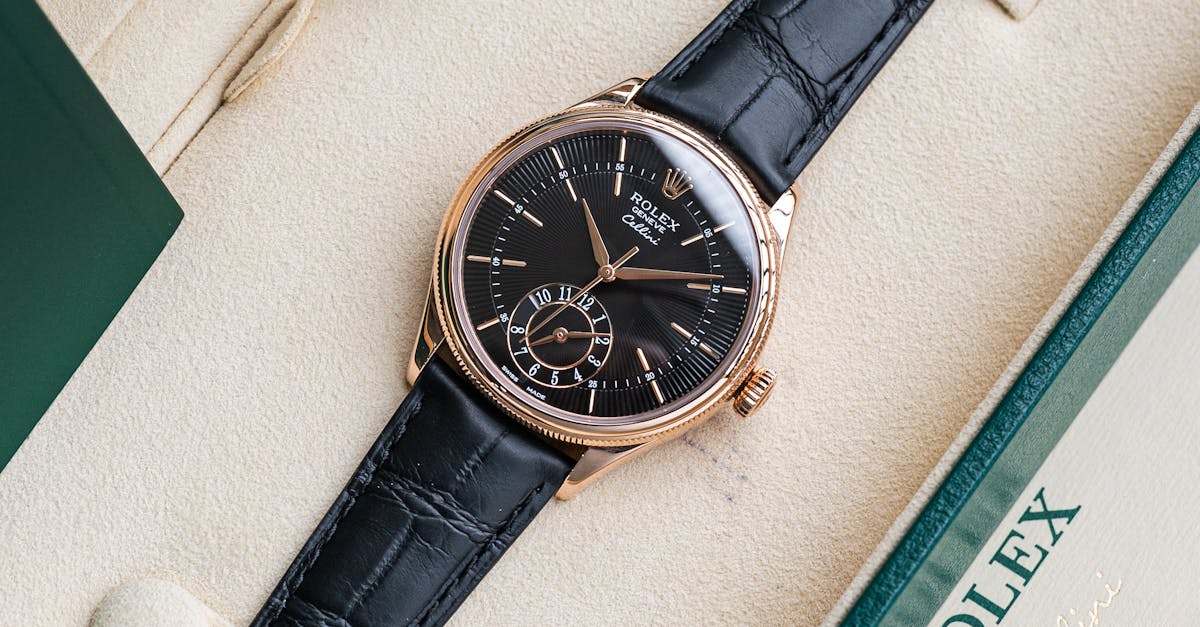 “`
“`

